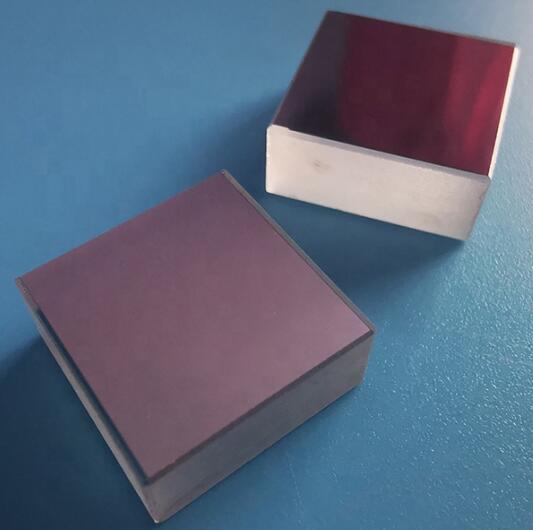ISO9001 Certified Professional Manufacturer & Supplier of Optics
+86-0431-87911611 admin@ytoptics.com
Contact us
-
 Email: admin@ytoptics.com
Email: admin@ytoptics.com
-
 Tel:86-0431-87911611
Tel:86-0431-87911611
-
 Add: 2# Automotive Innovation
Add: 2# Automotive Innovation
Jilin Province, China
Basics of Coating
As you know, any object reflects light, which is why we can see things. For lenses, in order to enable light to pass completely through the lens and reflect the natural reality completely on the negative, the lens is best for all kinds of light to pass completely through. High-quality optical glass, the light transmission rate can reach 90%.Above, the remaining light loss will need to be coated on the surface of the lens to make up for the film. Therefore, in the optical lens is mainly coated with a reflection-reducing film, also known as transmittance enhancement film. In order to meet various requirements, it is often necessary to coat multiple layers of film. In order to improve the scratch resistance of the glass, the outermost layer is often a high hardness film. In the laboratory, modern process technology can achieve almost 100 per cent passage of light. The reason for this is that in practice, the lens will be more or less affected by dust, dirt, etc., which reduces the amount of light passing through the lens. There are many methods of coating, but the conventional methods are just a few.(a), chemical methods, including sol-gel method, chemical vapour deposition and other methods. According to the nature of the film to prepare a certain composition of the solution, and then:1, dip plating. Heat the clean glass to a certain temperature, and then put it into the configured chemical solution, take it out, and dry it. This kind of film is obviously a double-sided film.2, spray plating. Load the configured film solution on the spray gun and spray it onto the clean, hot glass surface. Drying. The glass can be moving or rotating to increase the uniformity of the film. Can be plated double-sided or single-sided. (Previously, lens plating has used the so-called dumping glue method, but due to the uneconomical, modern process plating inorganic film has been eliminated, but it is still plating the organic film of a commonly used, low-cost method).(b), physical coating method. Vacuum evaporation, ion plating, sputtering coating (can be attributed to physical vapour deposition) and many other different forms. Mostly used for plating metal film, reflective film. Such as mirrors. Usually, the chemical method of coating strength is generally lower than the physical method, but with the rapid development of coating technology, especially in the last one or two decades, with chemical or physical methods to achieve the effect has been no difference. There is only a difference in cost. Previously, the chemical method can only be plated a layer of film, plating the second layer, due to the influence of temperature will often destroy the upper layer of film, but modern technology has basically solved this problem.


PREV : Method of manufacturing glass lenses NEXT : Which side of the filter should be facing the input light source?

TALK TO US 86-0431-87911611
86-0431-87911611
Call us now!
 86-0431-87911611
86-0431-87911611Call us now!
ONLINE CHAT
 2433808388
2433808388

